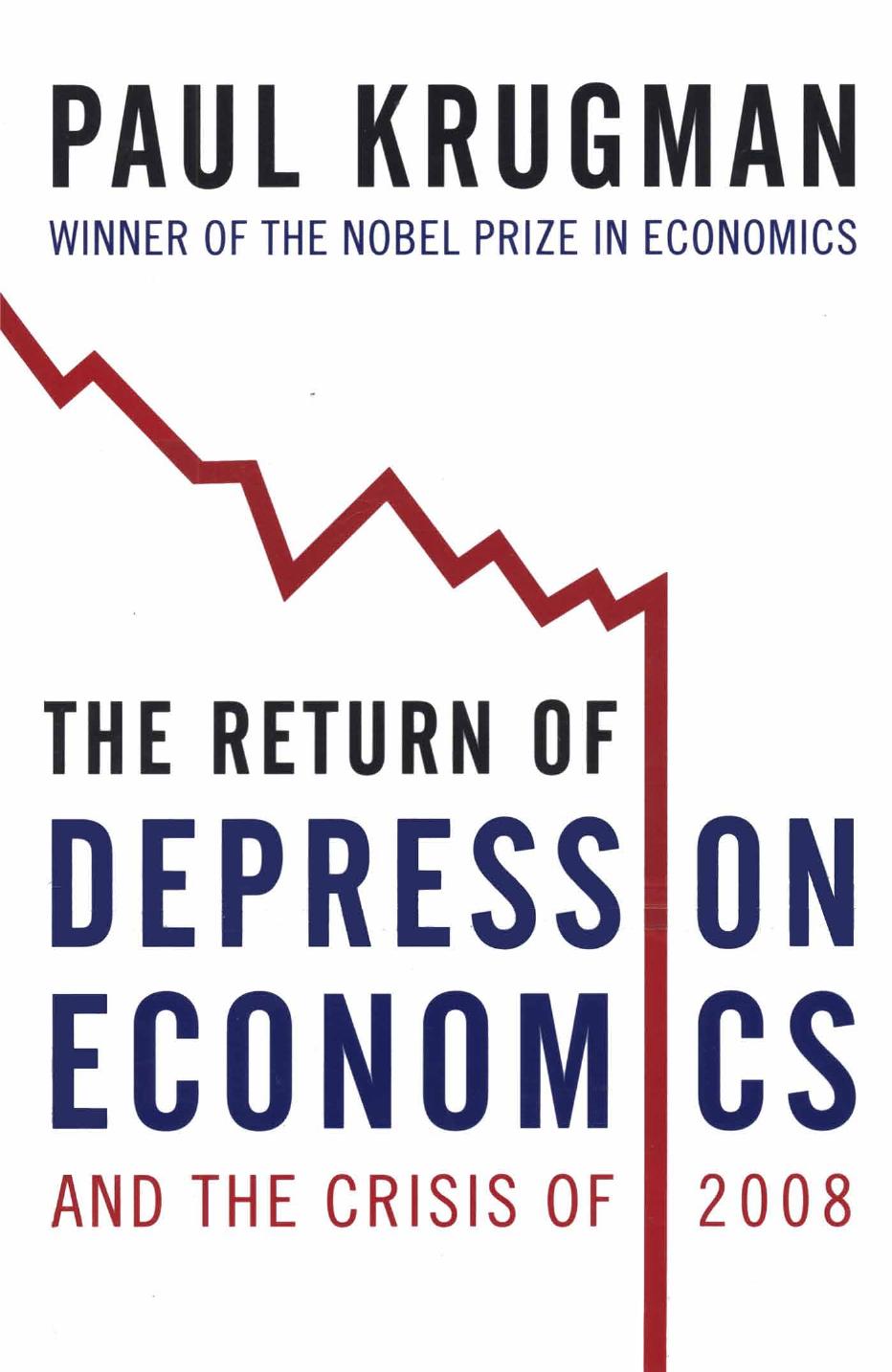The Return of Depression Economics and the Crisis of 2008 by Paul Krugman

Author:Paul Krugman
Language: eng
Format: mobi, epub, pdf
ISBN: 9780393071207
Publisher: W. W. Norton & Company
Published: 2009-09-08T05:00:00+00:00
Argentina isn’t an Asian country. (Duh.) But Argentina had an Asian-style crisis in 2002, one that offered a painfully clear demonstration of how widely praised economic policies can lead a nation into disaster.
I discussed Argentina’s monetary history in Chapter 2. After generations of irresponsible use and abuse of the printing press, in 1991 the Argentine government tried to put an end to all that by establishing a currency board that would supposedly provide a permanent link between the Argentine peso and the U.S. dollar. Every peso in circulation was supposed to be backed by a dollar in reserves, with no room for discretion. And this monetary stability, it was hoped, would ensure continued prosperity.
As we saw in Chapter 2, Argentina had a close brush with disaster in 1995, when the backwash from Mexico’s crisis came close to bringing down the banking system. But as that crisis ebbed, confidence returned. Foreign observers continued to shower high praise on the Argentine economy and its managers, and foreign capital flowed in, much of it in the form of dollar loans to Argentine businesses and individuals.
In the late 1990s, it all started to go wrong.
At first, the problem was the rigidity of the exchange rate system, which set one peso equal to one U.S. dollar. This might not have been much of a problem if Argentina, like Mexico, did the great bulk of its trade with the United States. But look at a map: Argentina is no closer to the United States than it is to Europe, and in fact Argentina does more trade both with the European Union and with its neighbor Brazil than it does with the United States. And Argentina’s currency system did not ensure stable exchange rates against either the euro or the real, Brazil’s currency. On the contrary, the system actually tended to cause gratuitous fluctuations in these exchange rates, and hence in Argentina’s trade position. If, for example, the dollar rose against the euro, for whatever reason the effect was to price Argentine exports out of European markets.
And that’s exactly what happened to Argentina starting in the late 1990s. On one side, the dollar soared against the euro—at one point the euro was worth only $0.85, compared with $1.26 at the time of writing. On the other, Brazil, caught in contagion from Russia’s financial crisis (see Chapter 6), sharply devalued the real. The combined effect of these exchange rate shifts was to leave Argentina’s exports seriously uncompetitive, pushing the country into a recession.
As Argentina’s economy slumped, foreign investors lost faith. The flow of capital into the country went into reverse, creating a credit crunch. And as in 1995, the loss of foreign funds also caused a banking crisis.
Argentine officials tried desperately to contain the growing crisis. They slashed spending, deepening the recession, in the hope of regaining investor confidence abroad. They limited withdrawals from the banks, a measure that provoked angry demonstrations outside the presidential palace, with housewives banging pots and pans. Nothing seemed to work. And in late 2001 the government found itself unable to maintain the one-peso-one-dollar rule.
Download
The Return of Depression Economics and the Crisis of 2008 by Paul Krugman.epub
The Return of Depression Economics and the Crisis of 2008 by Paul Krugman.pdf
This site does not store any files on its server. We only index and link to content provided by other sites. Please contact the content providers to delete copyright contents if any and email us, we'll remove relevant links or contents immediately.
The Secret History by Donna Tartt(18843)
The Social Justice Warrior Handbook by Lisa De Pasquale(12141)
Thirteen Reasons Why by Jay Asher(8792)
This Is How You Lose Her by Junot Diaz(6794)
Weapons of Math Destruction by Cathy O'Neil(6142)
Zero to One by Peter Thiel(5685)
Beartown by Fredrik Backman(5595)
The Myth of the Strong Leader by Archie Brown(5424)
The Fire Next Time by James Baldwin(5248)
How Democracies Die by Steven Levitsky & Daniel Ziblatt(5127)
Promise Me, Dad by Joe Biden(5087)
Stone's Rules by Roger Stone(5026)
A Higher Loyalty: Truth, Lies, and Leadership by James Comey(4843)
100 Deadly Skills by Clint Emerson(4840)
Rise and Kill First by Ronen Bergman(4701)
Secrecy World by Jake Bernstein(4644)
The David Icke Guide to the Global Conspiracy (and how to end it) by David Icke(4624)
The Farm by Tom Rob Smith(4434)
The Doomsday Machine by Daniel Ellsberg(4415)
